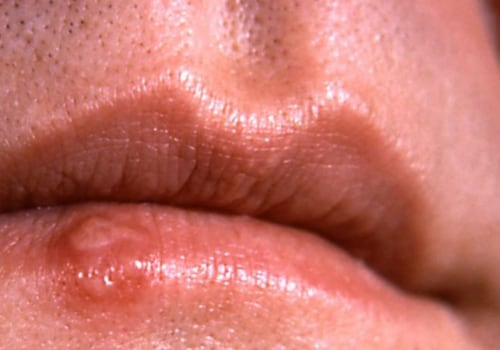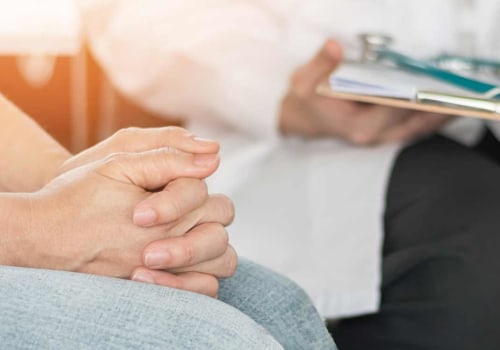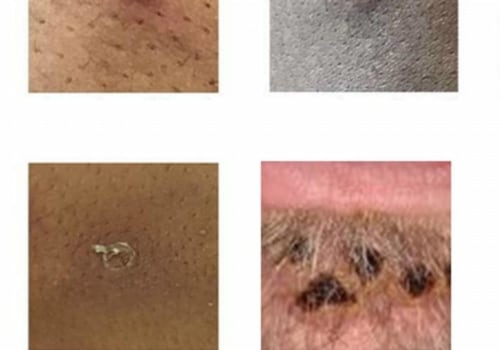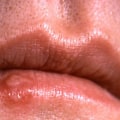Living with an STD can feel overwhelming, especially when symptoms interfere with daily life. While medical treatment is the first and most important step, adopting healthy lifestyle habits like High-Intensity Interval Training (HIIT) can help support your body, boost confidence, and improve overall well-being.
Common STD Symptoms
STD symptoms vary depending on the infection, but some common signs include:
Burning or pain during urination
Unusual discharge from the genitals
Sores, bumps, or blisters around the mouth or genitals
Pelvic or abdominal pain
Itching or irritation in the genital area
Flu-like symptoms such as fever, fatigue, or swollen glands
Some STDs may show no symptoms at all, making regular medical checkups and testing essential for long-term health.
How HIIT Training Supports Wellness
HIIT involves short bursts of high-intensity movement followed by brief recovery periods. Programs like HIIT FIT Boxing take this approach to the next level by blending strength, cardio, and stress relief. For those managing STD symptoms, HIIT can provide:
Stress relief – Exercise reduces anxiety and stress, common outbreak triggers.
Immune support – Regular movement strengthens the body’s natural defense system.
Energy boost – HIIT fights fatigue and increases stamina for daily activities.
Mental resilience – Structured workouts improve confidence and mindset.
Efficient training – 20–30 minutes of HIIT delivers results without overexertion.
Training Smart with Symptoms
Listen to your body – Scale intensity when fatigue or discomfort appears.
Rest is essential – Pair high-effort days with recovery to avoid weakening immunity.
Fuel your workouts – Eat balanced meals rich in protein, vegetables, and whole grains.
Always follow medical advice – Fitness supports but does not replace treatment.
Final Word
Managing STD symptoms isn’t just about medication—it’s about building a lifestyle that supports your health. With the right balance of treatment, rest, and empowering workouts like HIIT FIT Boxing, you can reduce stress, build strength, and reclaim confidence. Fitness becomes part of your healing, helping you thrive beyond your diagnosis.







